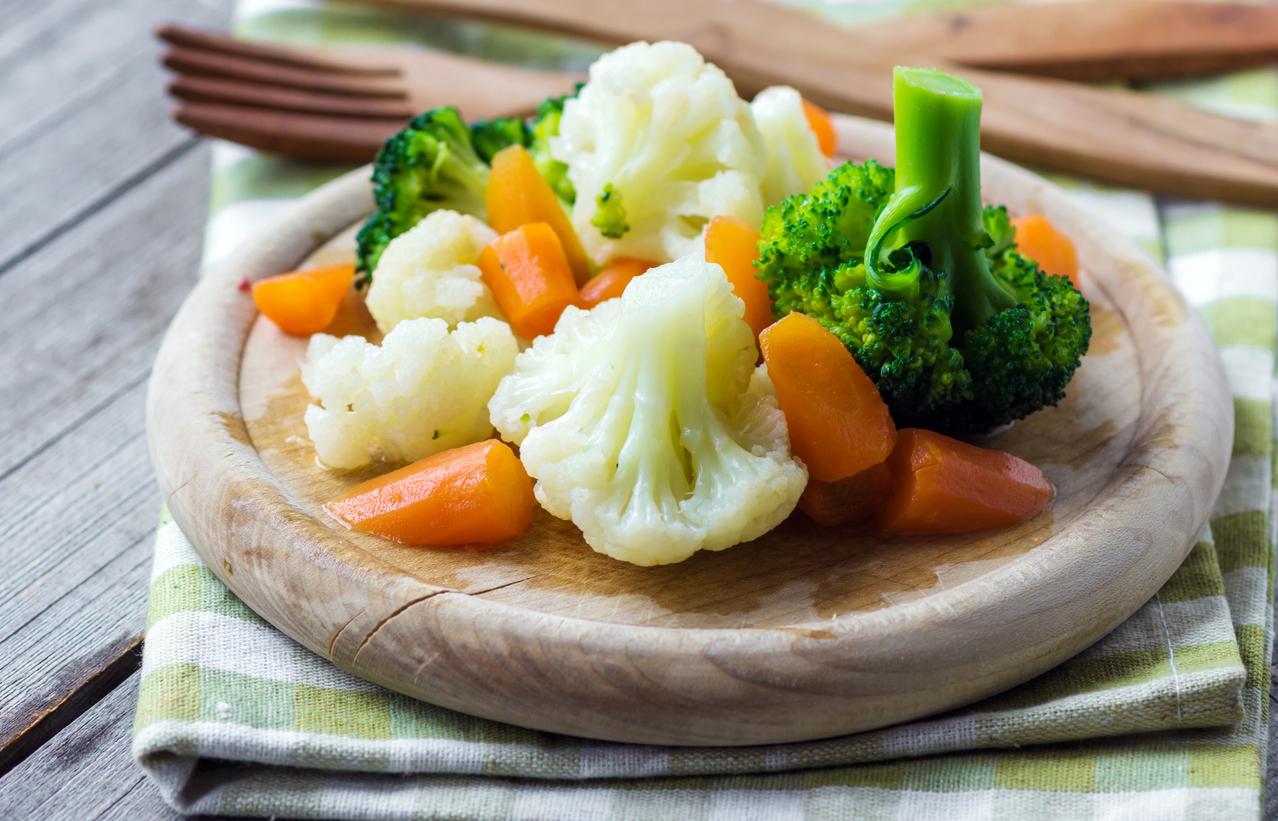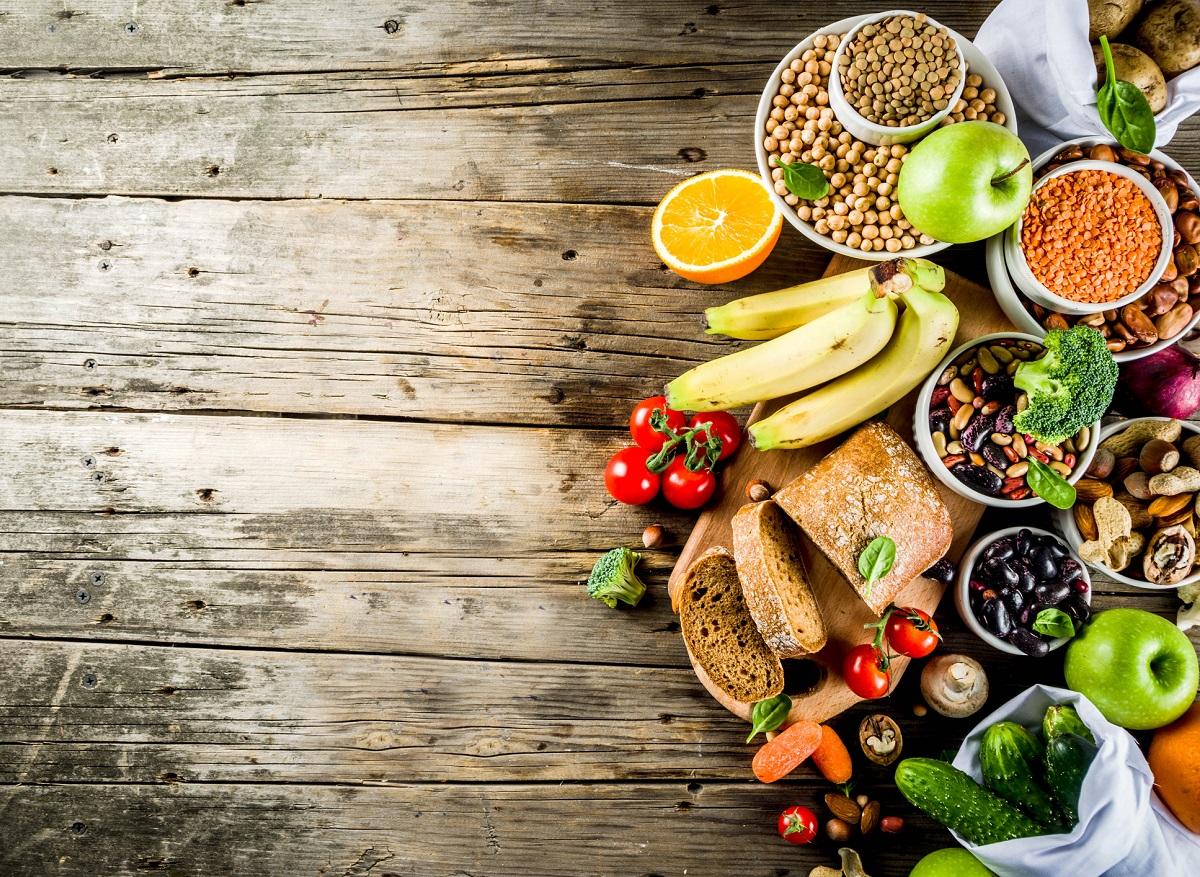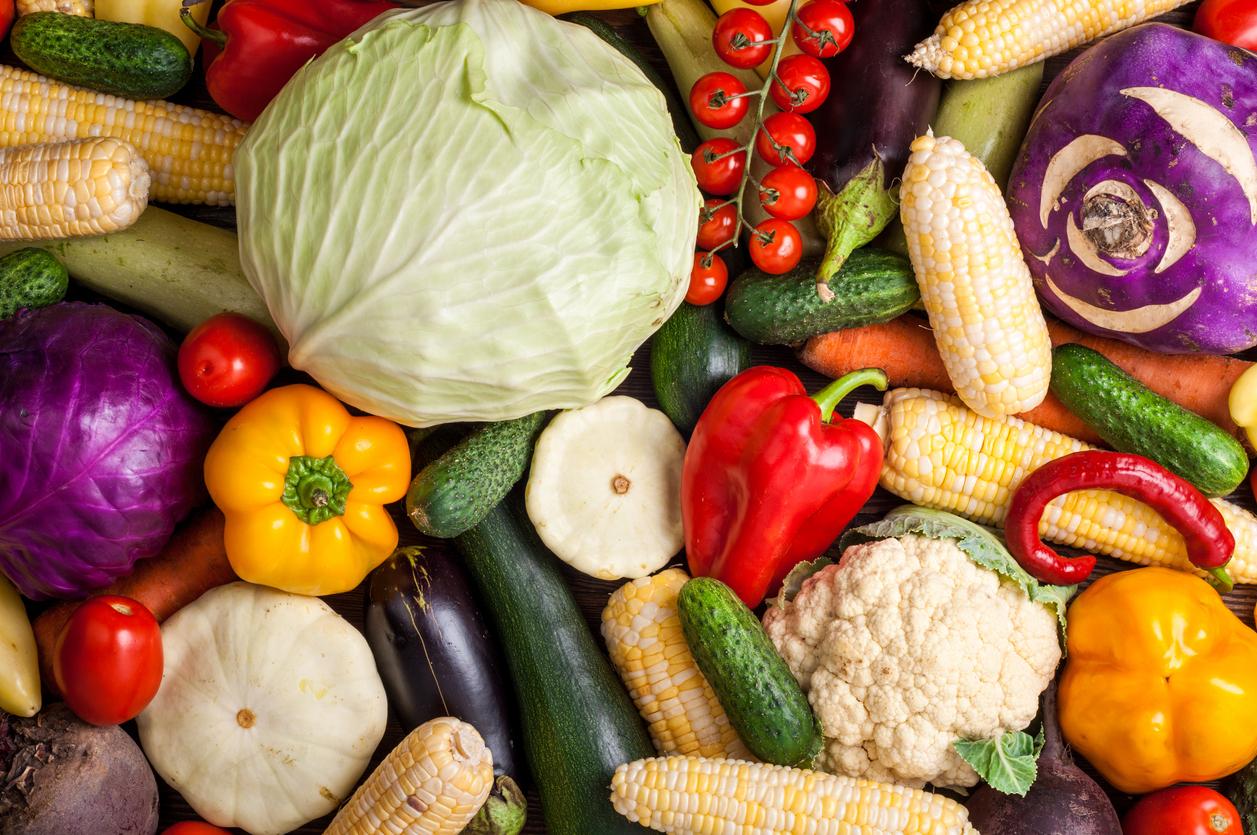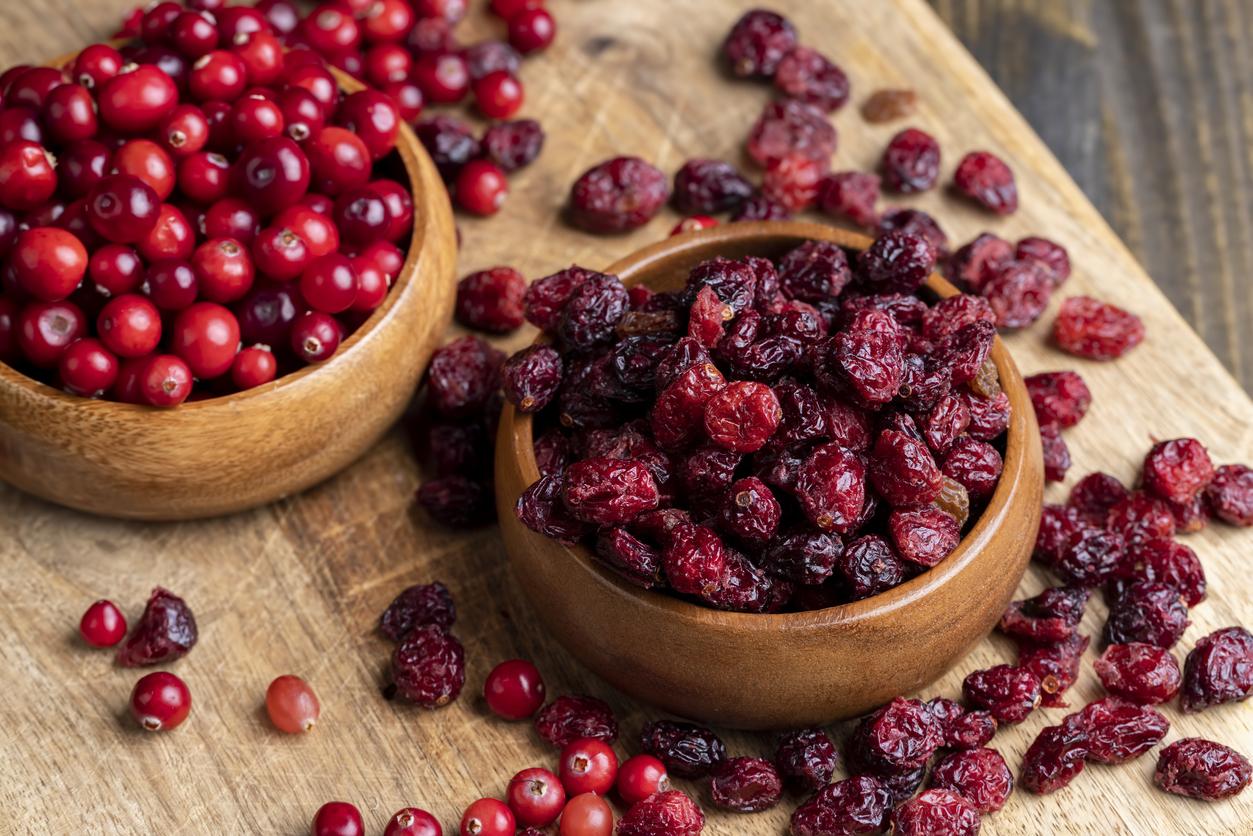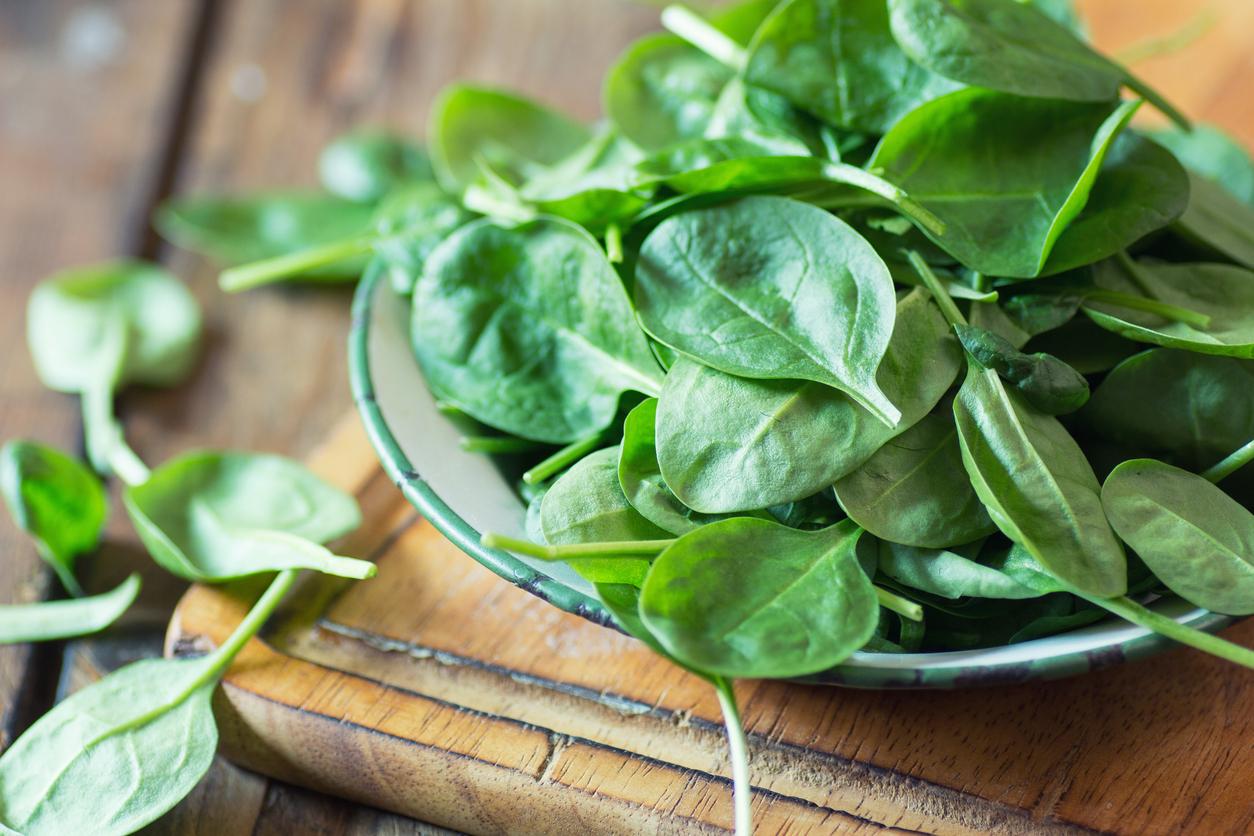Among root vegetables, it is not only the stars such as potatoes, carrots or beets that we regularly glorify… There are also equally commendable outsiders. Today we are talking to you about these less popular root vegetables from France and elsewhere!
We have become accustomed to calling all the vegetables which the underground part is edible. But that doesn’t mean that the actual roots of the plants are eaten, it can be their rhizomes or tubers.
Some root vegetables like potatoes and carrots are immensely popular. Others, such as beetroot, turnip, radish or celeriac, are also regular guests on our plates. So we tried to focus on 10 root vegetables that we would benefit from tasting more often …
Root vegetables are great for you
Root vegetables are a important source of fiber food, vitamins, minerals and trace elements (vitamins B1 and C, potassium, calcium, magnesium, phosphorus and iron). Remineralizing, satiating and boosting immunity, they are invaluable for the health of the body. They also help restore the correct acid-base (pH) balance in the body.
These vegetables areexcellent slimming allies, because they are low in calories. They are often found in slimming diets. Also rich in antioxidants, they are useful in preventing cardiovascular disease and certain cancers.
It is often recommended to favor organic root vegetables, because being buried in the earth, they draw all the mineral elements in depth. It is therefore necessary to ensure that they have grown in healthy and living soil, which has been fertilized in a natural way and which is rich in good bacteria, beneficial for the microbiota.
The Top 10 Root Vegetables
We make you discover our top 10 of the best root vegetables to enjoy in moderation.
1- Ginger
Renowned for its culinary and therapeutic virtues For over 5,000 years, ginger has had multiple health benefits. It is useful for treating the most diverse ailments that one suffers from infection, fatigue or muscle pain …
In addition to its benefits for the intestinal flora, ginger stimulates the appetite and helps to lose weight thanks to its fat-burning action. It is often used for prevent nausea in pregnant women, but also to prevent vomiting after surgery or chemotherapy.
Ginger relieves digestive disorders such as bloating, gas, and bowel pain. His anti-inflammatory properties, antibacterial and antiviral drugs help relieve arthritis pain or sprains. Also, its energizing effects give it the reputation of an aphrodisiac, because it tones and strengthens the body.
2- Ginseng
Ginseng is one of the major plants of the Chinese pharmacopoeia. It is also one of the best known anti-fatigue remedies in the West. Invigorating plant, ginseng has a stimulating effect on the immune system thanks to the active ingredients it contains, namely ginsenosides or saponins.
Ginseng works without causing any nervousness or side effects. It stimulates physical and mental tone, and tones the nervous system. As a bonus, it is said “adaptogen”: it helps us adapt to stressful situations which thus become less tiring.
Ginseng comes in and can be used in various forms. It can be taken orally as an infusion, decoction, capsule, extract or mother tincture. It is important to follow the pharmacist’s indications for the dosages because they differ according to the form and the case.
3- Yam
Cultivated in tropical countries, yams represent an important food resource. This rare tuber is increasingly recognized for its health benefits. Yam contains multiple essential minerals and vitamins for the good health of the organism.
It is a source of dietary fiber, group B vitamins (B1 and B6) and vitamin C. Yam helps fight against aging cells and some cancers; it also prevents cognitive disorders thanks to its antioxidant properties. Its fiber content also helps to facilitate intestinal transit and reduce the absorption of fat by the intestines.
The yam has an appetite suppressant action which has earned it the advantage of being often integrated into slimming diets. It is never eaten raw because of its undigestable starch content. It can be prepared in boiling salted water, steamed, pan-fried, or grilled once peeled and cut into slices.
4- Cassava
Well known for its flour, cassava is a shrub appreciated for its leaves and tuber. The cassava tuber is rich in carbohydrates, minerals and trace elements. Its leaves are mainly a good source of vitamins, proteins and antioxidants (polyphenols, vitamin C and carotenoids (lutein and beta-carotene)).
Cassava provides a feeling of satiety and several health benefits, particularly for the digestive system. He promotes intestinal transit, soothes skin problems and lowers blood cholesterol levels.
It is always eaten cooked, otherwise it is toxic. Cassava is then eaten in pieces, strips, semolina or flour. It can be cooked in various ways: fried or in couscous preparations, tortilla, bread, sweet or savory donuts
5- Parsnip
With a mild and sweet flavor, parsnip is a root vegetable from the Apiaceae family. Native to the Mediterranean Basin and Eastern Europe. Its season is from September to March.
Parsnip is rich in minerals, vitamins, fiber and antioxidants. It is beneficial for the health of the heart and helps stimulate the immune system. Its antioxidant properties and in particular its potassium content make it effective in preventing certain cancers and chronic diseases.
Consumption of parsnip contributes to good intestinal comfort thanks to its fiber composition. Parsnip can be eaten raw or cooked. It can be eaten cooked in water, but also in the form of soup or mash.
6- Yam
The sweet potato is a perennial cultivated in the tropics and subtropics such as Central America, Peru or the Philippines. It is appreciated for its edible tubers and there are various varieties: white, yellow, orange or purple.
Sweet potato is a good source of provitamin A or beta-carotene, which is useful for the health of tissues, immune system and the growth of night vision. It is also rich in potassium, a mineral useful for the nervous system, muscle function and blood pressure. Thanks to its richness in vitamins (vitamins A, B2, B5, B6, C), minerals (copper and manganese) and antioxidants, sweet potato helps prevent oxidative stress, it reduces bad cholesterol and limits the risk of heart disease.

In the kitchen, it lends itself well to savory preparations, such as potatoes, or sweet. To make the most of your nutritional properties, we prefer the darkest sweet potato.
7- Horseradish
Horseradish is a perennial in the same category as cabbage and mustard. It is often used as condiment. It is also recognized for multiple medicinal properties in herbal medicine.
Horseradish is useful against digestive disorders. It facilitates intestinal transit, calms gastroesophageal reflux, reduces flatulence, promotes the disappearance of parasites in the intestines, participates in lipid metabolism. Excellent diuretic, it helps reduce edemas and contributes to urinary elimination.
It is often used as a gargle, against bad breath and as an infusion to treat digestive disorders. For congestion and infection problems, horseradish can be taken as a syrup, herbal tea, or mother tincture. It also calms the rheumatic pain when applied in poultices of grated roots.
8- Rutabaga
Originally from Scandinavia, rutabaga is a root vegetable made from the cross between turnip and kale. the rutabaga is very rich in vitamin C like the majority of crucifers, which makes it a food of choice for boosting the immune system, especially in winter.
By its high in fiber, rutabaga is involved in the regulation of intestinal transit. It helps prevent certain cancers such as lung, digestive system and ovarian cancers thanks to its antioxidant properties.
It is also a good source of potassium, a mineral that plays an important role in the proper functioning of muscles including the heart. Rutabaga is eaten raw or cooked, and is often prepared as a mash, gratin or soup.
9- Black radish
Native to southern Asia and cultivated for over 5,000 years. Black radish is primarily coveted for its roots with a very bitter flavor. Good source of potassium, iodine, vitamin B9, vitamin C and low in fat, it also contains antiseptic substances and antibacterial.
Black radish helps drain the liver and increase bile secretion, resulting in better elimination of toxins. It’s a slimming drainer par excellence. It soothes bloating, stimulates appetite, aids digestion, and is used to treat certain respiratory conditions.
In herbal medicine, it is the juice of the root that is used as is the case with MultiDetox. Traditionally, it was squeezed and then drunk by patients who suffered from digestive problems and pain in the liver or gallbladder.
10- Konjac
Konjac is a vegetable whose bulb is used to make a pasty, black or white jelly, which is found in many food products. It is mainly cooked and eaten in Japan.
Low in calories, konjac is considered a powerful natural appetite suppressant. Its roots contain glucomannan, a gelling fiber that takes up a lot of space in the stomach when ingested, thus providing a quick feeling of fullness.
In herbal medicine, konjac is recognized for its effectiveness in fight against digestive disorders, but also to lower bad cholesterol levels. It is used more and more (and wisely) in slimming diets.










